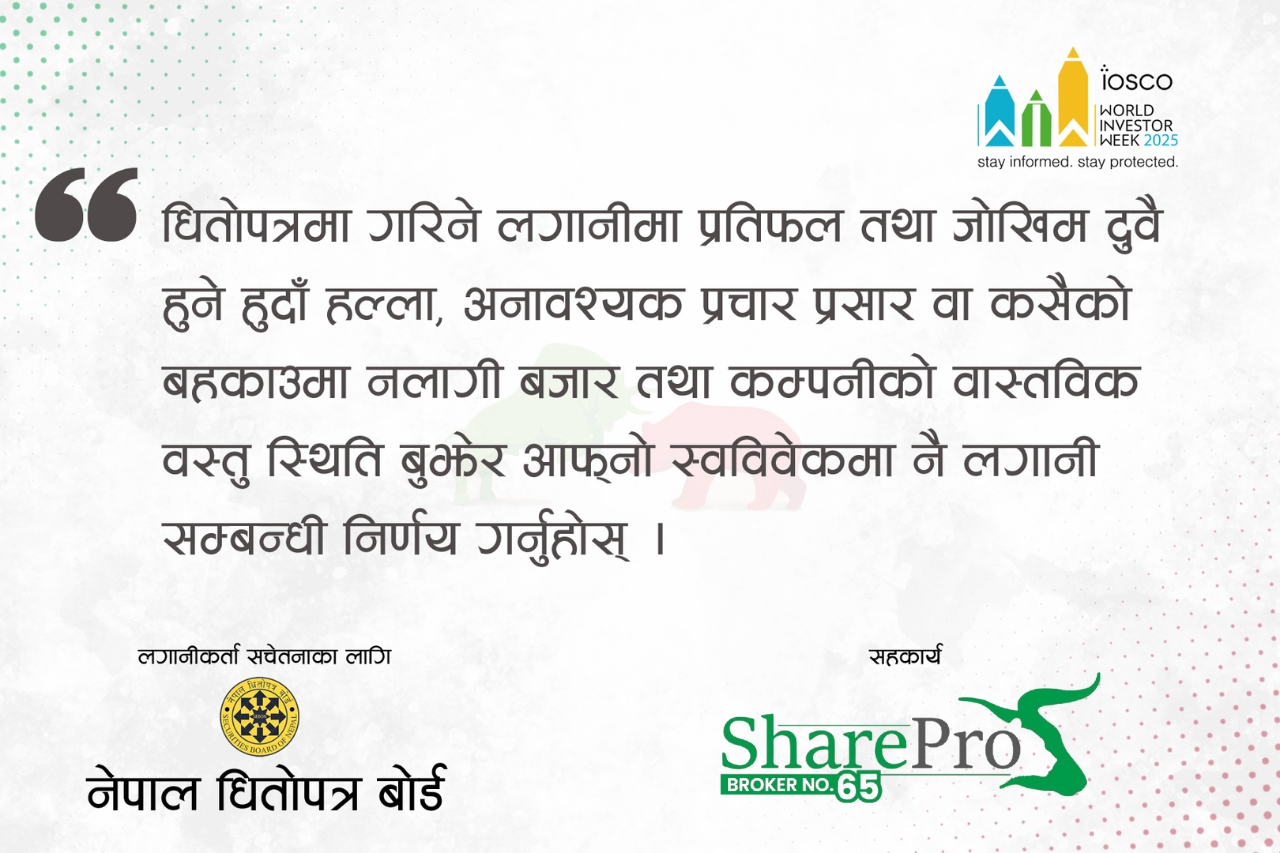While the Nation is Facing a Liquidity Crisis, Central Bank Wants to Keep Interest Rate Hike in Check With Additional Restrictions
Sun, Nov 14, 2021 4:42 PM on Economy, Stock Market, Interest Rates, National, Featured,

Backdrop: Liquidity piled up in the nation's banking system during the pandemic, a result of pandemic-induced paralysis in the economy. In return, banking institutions lowered the interest rates to minimize interest payment expenses. Experts claim that this had a seesaw effect in the capital market, as depositors flocked to invest in securities that provided better returns.
However, as the national economy improved its grip after the pandemic, the excess liquidity in the banking system was quick to deplete. The economy suddenly faced a shortage of liquidity, and banks tried to attract depositors by raising interest rates. However, this comes at a cost for businesses and borrowers in the form of higher interest charges. Considering this, among other things, the central bank apparently wants to keep sudden interest rate hikes in check.
While the banking economy is struggling to attract enough deposits for loan forwarding, Nepal Rastra Bank has further tightened the interest rate raising provisions.
The total deposit collected each week by commercial banks is in a declining trend, and the central bank seems to have anticipated that banks will retaliate by further raising interest rates. As such, NRB has further tightened the provision.
Previously, banks could only raise their previous interest rates by 10%. Modifying the rule, NRB issued a directive today that a bank will be allowed to increase the interest rate by only 10 percent of the average interest rate of all the commercial banks. The same rule applies to development banks and finance companies, according to their own sector.
For example, if the average interest rate published by all Class A commercial banks last month is 8.5 percent, they will be able to set the maximum interest rate only up to 9.35 percent, which is a 10 percent increase from the average figure.



